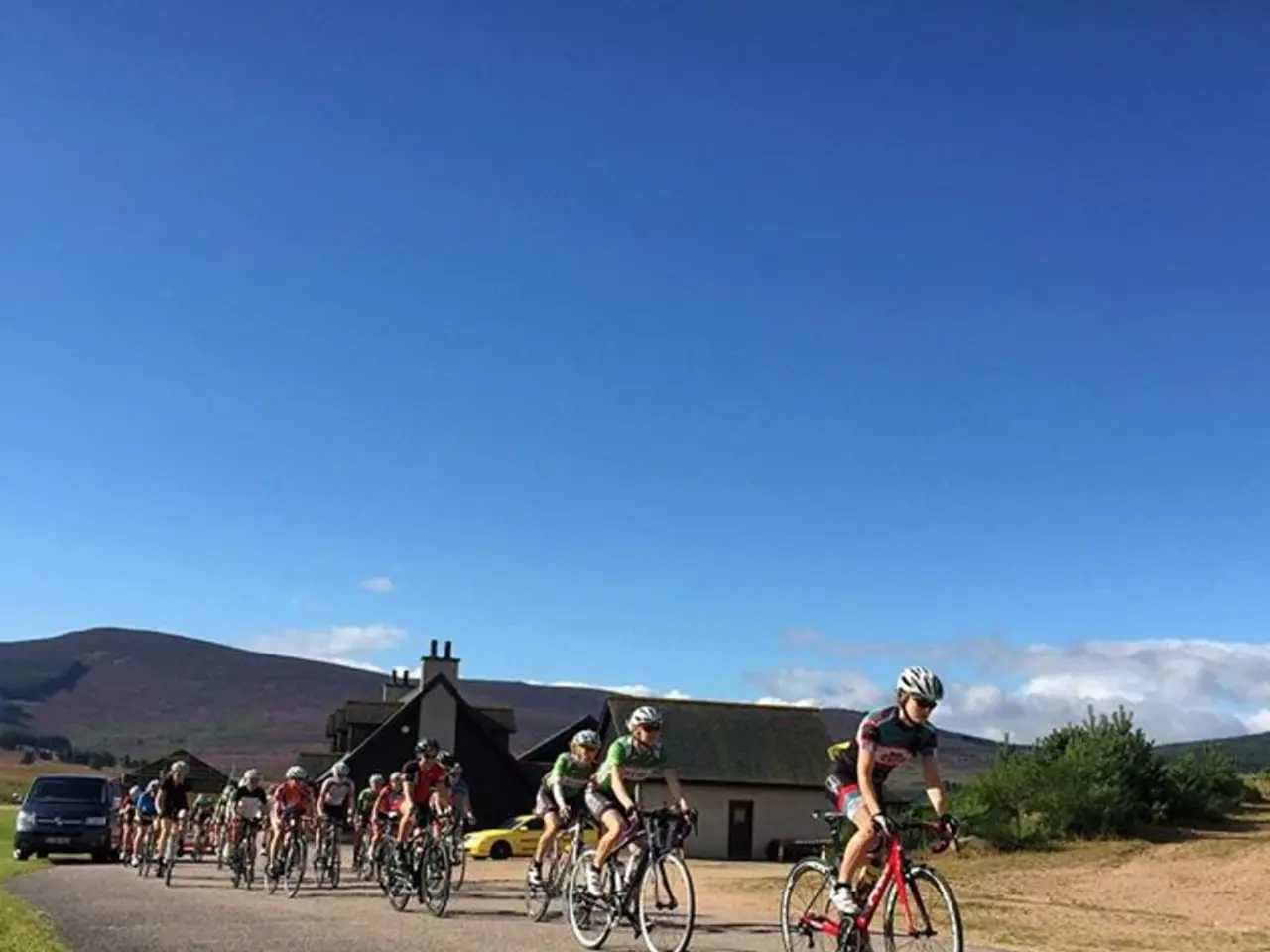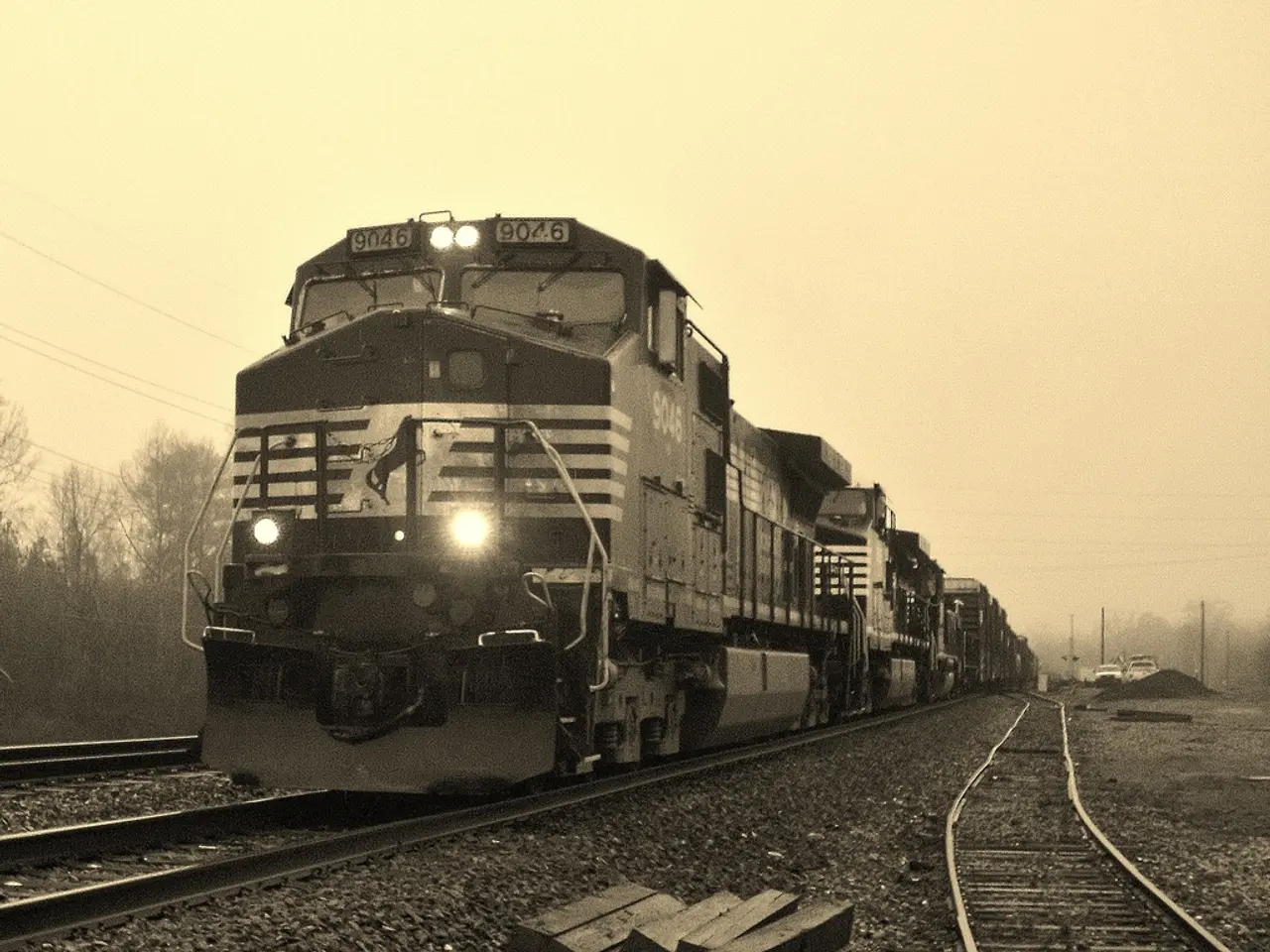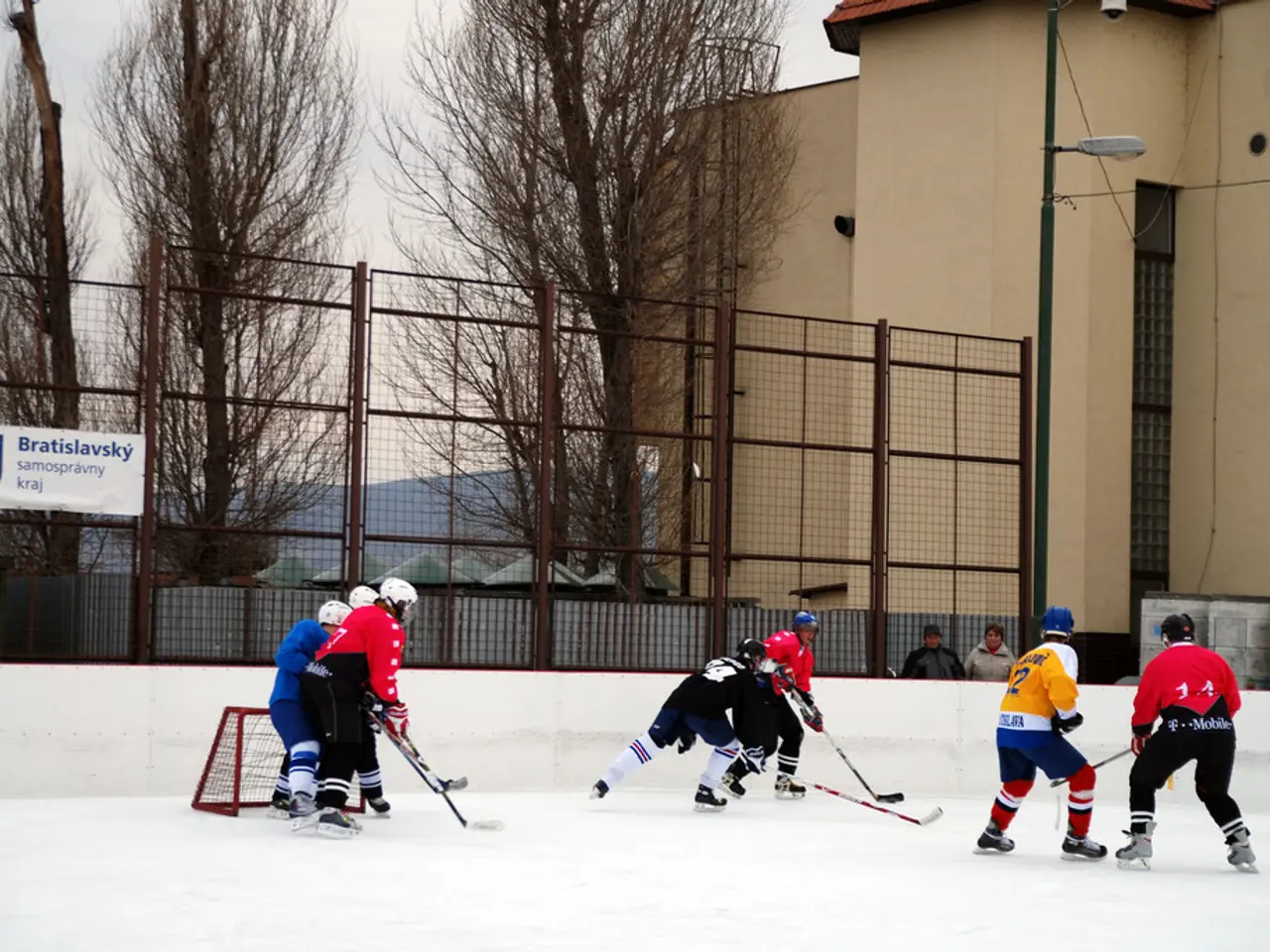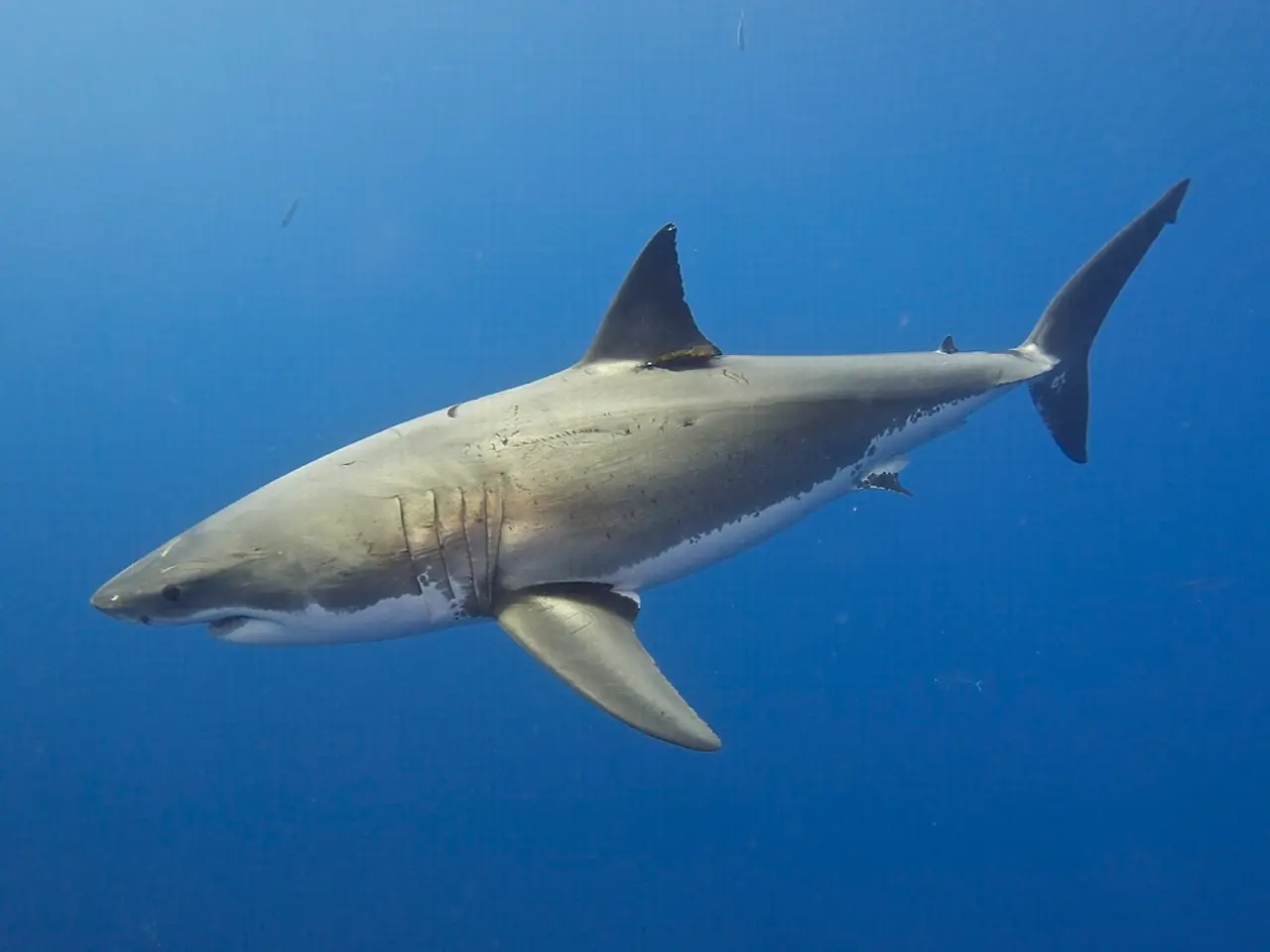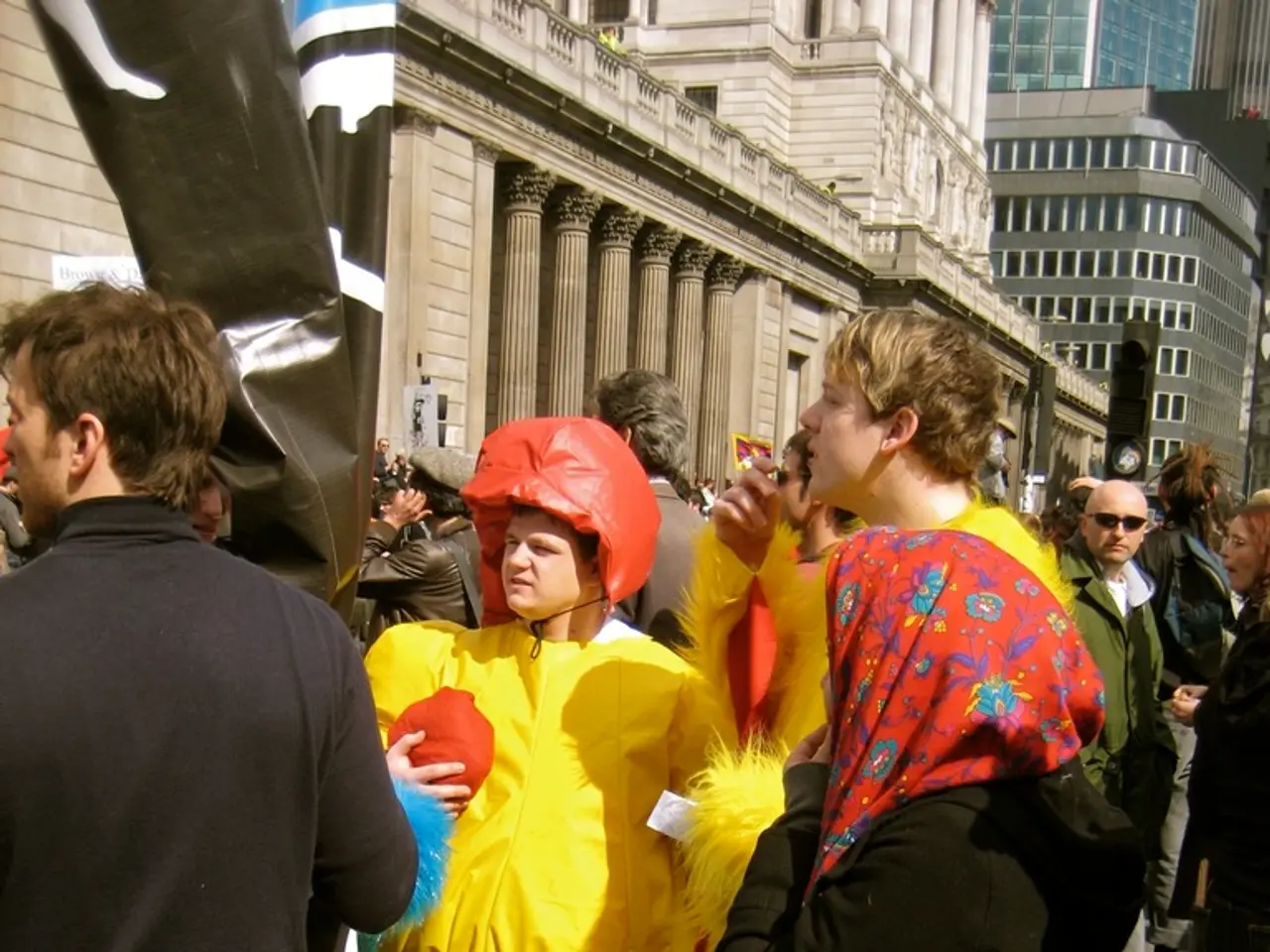Questions about the Tour de France: Weight, Power Output, On-bike Toileting Explored in Depth
In the world of professional cycling, the Tour de France stands out as one of the most prestigious and challenging races. As the 2025 edition approaches, let's delve into some lesser-known aspects of the competition.
One question that has sparked curiosity among viewers is how Tour de France riders manage their bodily needs during the race. While the specifics of this matter are not often discussed, it's fascinating to explore the methods these athletes use to balance speed, hygiene, and race tactics.
During the race, riders may call for the peloton to slow down, allowing them to take a quick bathroom break as a group. This group stop can help riders rejoin the pack more easily than stopping solo. Riders typically find a discreet spot on the roadside away from spectators to avoid fines, which can be around 200 Swiss Francs for urinating in public in front of the crowd.
Another method involves cyclists mastering techniques to urinate while coasting on their bikes during the race. This requires careful timing, often during less intense sections or when the peloton eases up.
Riders also need to manage their body needs efficiently during long stages to avoid dehydration. Since dehydration is a concern, they need to stay hydrated but also manage their needs during the race.
Gender differences also come into play, with female cyclists generally facing a tougher logistical challenge for bathroom breaks due to anatomy and race conditions.
In cold, wet conditions, some riders, like Mark Cavendish, even find urinating while riding provides momentary warmth.
The Tour de France is a well-oiled machine, with every detail carefully planned and executed. Behind the scenes, roles like that of a soigneur become crucial. Soigneurs are responsible for ensuring the riders' needs are met, from managing their hydration strategies to preparing meals that cater to their energy consumption and dietary habits.
Another critical role is played by bottle-carrying domestiques, who are tasked with ensuring their team leader stays hydrated and fueled throughout the race.
In between stages, the team bus becomes a sanctuary for the riders, a place where they can rest, recover, and prepare for the next day's challenge.
The Tour de France is more than just a cycling race; it's a testament to human endurance, strategy, and teamwork. As the race approaches, these behind-the-scenes aspects only add to its allure, offering a glimpse into the lives of the athletes who take on this monumental challenge.
[1] BBC Sport. (2020). Tour de France: How do cyclists urinate during races? [online] Available at: https://www.bbc.co.uk/sport/cycling/53806751
[2] The Guardian. (2019). How cyclists manage to urinate during races. [online] Available at: https://www.theguardian.com/sport/2019/jul/25/how-cyclists-manage-to-urinate-during-races
[3] The Independent. (2021). How do cyclists urinate during races? [online] Available at: https://www.independent.co.uk/sport/cycling/how-do-cyclists-urinate-during-races-b1876518.html
- Despite not being openly discussed, managing bodily needs is a crucial aspect in sports like cycling, particularly during the Tour de France, where riders employ various methods such as group stops, urinating while riding, and efficient hydration strategies.
- In the world of professional cycling, supporting roles such as soigneurs and bottle-carrying domestiques play vital parts in ensuring riders' needs are met, from hydration management to dietary requirements, allowing them to focus on the race and achieve their goals.
